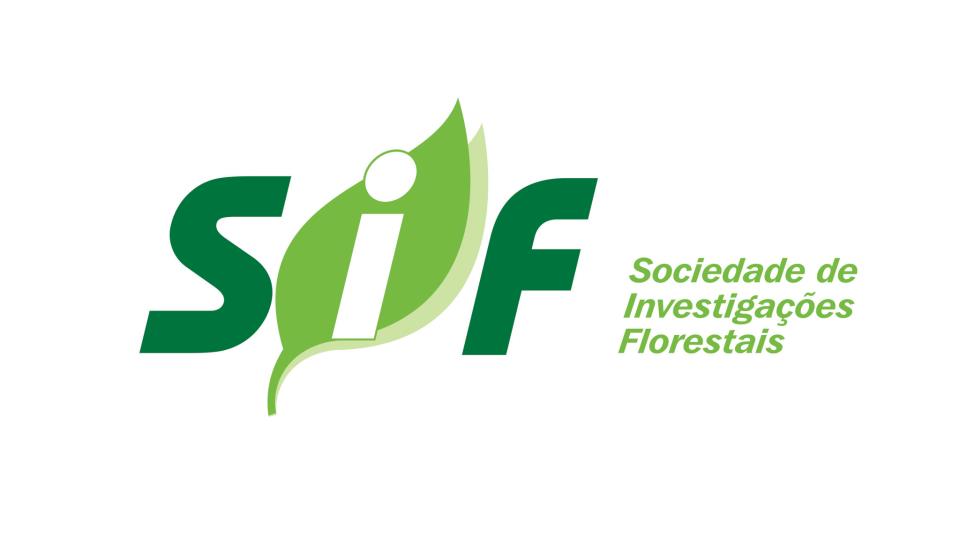Biblioteca Florestal
Digital
Digital
Oxidizable fraction of organic carbon in an argisol under different land use systems

- Página inicial
- →
- Biblioteca Florestal Digital
- →
- Periódicos
- →
- Cerne
- →
- Cerne - v.18, n.2, 2012
- →
- Ver item
JavaScript is disabled for your browser. Some features of this site may not work without it.
| dc.contributor.author | Müller, Caio Batista | |
| dc.contributor.author | Weber, Oscarlina Lúcia dos Santos | |
| dc.contributor.author | Scaramuzza, José Fernando | |
| dc.date.accessioned | 2015-09-23T19:44:15Z | |
| dc.date.available | 2015-09-23T19:44:15Z | |
| dc.date.issued | 2012-04 | |
| dc.identifier.citation | MULLER, C. B.; WEBER, O. L. S.; SCARAMUZZA, J. F. Oxidizable fraction of organic carbon in an argisol under different land use systems. Cerne, Lavras, v. 18, n. 2, p. 215-222, abr./jun. 2012. | pt_BR |
| dc.identifier.issn | 0104-7760 | |
| dc.identifier.uri | http://www.bibliotecaflorestal.ufv.br:80/handle/123456789/15255 | |
| dc.description.abstract | The objective of this study was to evaluate carbon input in labile and stable fractions in an ARGISOL of northwestern Brazil under different land use systems. Use systems being evaluated include: forest - MA (reference), agrosilvopasture – TCP (teak, cocoa and pasture); agroforest – TC (teak and cocoa); teak forest at 8 and 5 years – T8 and T5, and pasture - PA. In each system three furrows were made at depths of 0-5 cm, 5-10 cm and 10-20 cm. An area consisting of native vegetation (forest) adjacent to the experiment was sampled and used as control treatment. The use systems MA, T8 and T5 had higher levels of total organic carbon (COT) and the MA system had higher levels of labile carbon (CL) than the other systems, with the exception of TC at a depth of 10-20 cm. In the MA system, COT levels were higher in comparison to use systems TCP, TC and PA while CL levels were higher than the levels observed in use systems TCP and TC. In most cases being analyzed, CL levels were lower than COT levels, therefore this trait can be used as an indicator to assess anthropogenic changes relating to the maintenance or condition of soil organic matter. | pt_BR |
| dc.description.abstract | Neste estudo, objetivou-se avaliar o aporte de carbono nas frações lábil e não lábil em um ARGISSOLO do noroeste brasileiro, em diferentes sistemas de uso do solo. Os sistemas de uso avaliados foram: mata – MA (referência), agrossilvopastoril – TCP (teca, cacau e pasto); agroflorestal – TC (teca e cacau); florestal teca com 8 e 5 anos – T8 e T5 e pastagem – PA. Em cada sistema foram abertas três trincheiras nas profundidades de 0 a 5; 5 a 10 e 10 a 20 cm. Uma área sob vegetação nativa (mata) adjacente ao experimento foi amostrada e usada como referência. Os sistemas de uso MA, T8 e T5 tiveram maiores teores de carbono orgânico total (COT) e o sistema MA de carbono lábil (CL) do que os demais sistemas, com exceção do TC na profundidade de 10 a 20 cm. No sistema MA, os teores de COT foram maiores em relação ao sistema de uso TCP, TC e PA e os teores de CL foram maiores do que os observados nos sistemas de uso TCP e TC. Os teores do CL, na maioria dos casos analisados, foram menores que os de COT e, por essa razão, esse atributo pode ser usado como indicador para avaliar as mudanças antropogênicas na manutenção ou no estado da matéria orgânica do solo. | pt_BR |
| dc.format | 8 páginas | pt_BR |
| dc.language.iso | en | pt_BR |
| dc.publisher | Universidade Federal de Lavras | pt_BR |
| dc.relation.ispartofseries | Cerne:v.18,n.2; | |
| dc.subject.classification | Ciências Florestais::Silvicultura::Solos e nutrição florestal | pt_BR |
| dc.title | Oxidizable fraction of organic carbon in an argisol under different land use systems | pt_BR |
| dc.title | Fração oxidável do carbono orgânico de um argissolo sob diferentes sistemas de uso | pt_BR |
| dc.type | Artigo | pt_BR |
Arquivos deste item
| Arquivos | Tamanho | Formato | Visualização | |
|---|---|---|---|---|
| Cerne_v18_n2_p215-222_2012.pdf | 1.291Mb |

|
Visualizar/ |
|





